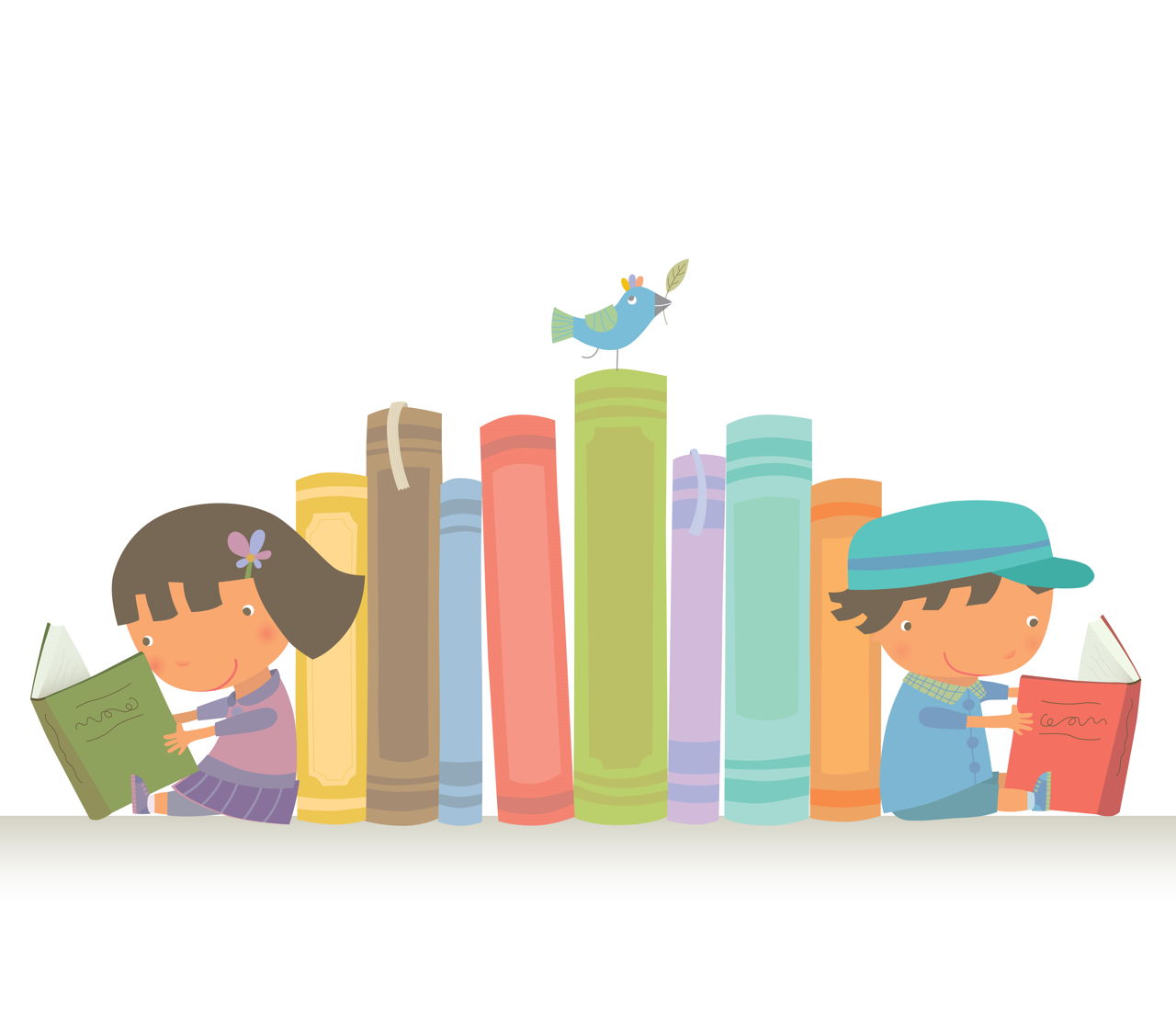
You must have come across many onomatopoeia examples in literature. But, how do you recognize these examples, and what makes them stand out in a sentence? Let’s find out.
“Bow! Bow!, barked Rover”. This is an example of a simple sentence that contains onomatopoeia words in literature. Have you been able to identify these words from the above sentence? I am sure you have and you are right. The answer is Bow, Bow. There are many such examples that you will find sprayed across in poems and proses.
What is Onomatopoeia
It is a figure of speech that imitates or sounds like the action or item it is referring to. It is a type of rhetorical device that helps create an impact on the reader. The term onomatopoeia is a Greek word that means ‘word-making’. These words are used frequently by poets to convey the meaning of their poems and add interest to their work. In some cases, it is also used as an echo or to suggest a meaning. For example, “The moan of injured soldiers was heard in the bloody battlefield.” Here, moan reflects an echo or conveys the meaning. Let us now have a look at a few instances given below.
Examples of Onomatopoeia
I shall enlist some of the instances used in literature that will help you understand the concept better. From the given examples, you will see that this figure of speech is used to imitate sounds. These words suggest sense and are used widely in both fiction as well as in drama. The words in the following examples are indicated in bold.
Example # 1
And who tolling, tolling, tolling,
In that muffled monotone,
Feel a glory in so rolling
On the human heart a stone…
‘The Bells’ by Edgar Allan Poe’
Example # 2
Baa baa black sheep, have you any wool?
Yes sir, yes sir, three bags full!
One for the master, one for the dame,
And one for the little boy who lives down the lane.
Nursery Rhyme
Example # 3
The moan of doves in immemorial elms,
And murmuring of innumerable bees…
‘Come Down, O Maid’ by Alfred Lord Tennyson
Example # 4
Over the cobbles he clattered and clashed in the dark inn-yard,
He tapped with his whip on the shutters, but all was locked and barred…
‘The Highwayman’ by Alfred Noyes
Few More Examples
We shall now have a look at some more illustrations below:
- Shuffle the paper stack again.
- Please do not whisper in the examination hall.
- Boo. I scared you.
- Meow, where’s my milk, cried the cat.
- The jangle of her bracelets caught his attention.
- Click, click. She made a sound with her tongue to show her displeasure.
- The rustle of the leaves startled the kids.
- Pitter-patter rain drops are falling from the sky.
- The door creaked open in the old mansion.
- The sizzled steaks made me hungry.
- The tires of the sports car halted with a loud screech.
- Harry mumbled in his mouth that he was not thirsty.
As you can see, you do not need to add an exclamation mark after these words. They just imitate the sound of the word or represent an action. They add more interest to the sentences they are used in and help the reader to understand the writer’s point of view better.













